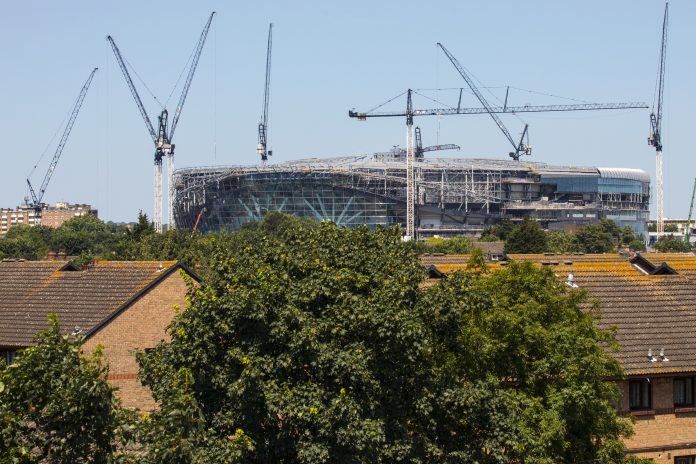Real Wireless beefs-up stadium cellular and Wi-Fi
U.K. soccer club Tottenham Hotspur has inaugurated its new stadium in London with?free high-density Wi-Fi and mobile coverage in all areas.
The club had selected wireless advisory firm Real Wireless as well as communications equipment suppliers and installers to carry out this connectivity project.
Totthenham Hotspur said that the new stadium features mobile voice and data services designed and installed by Shared Access for customers of UK carriers Vodafone, O2, EE and Three ? as well as wireless emergency and support services and Wi-Fi.
Real Wireless was engaged by Tottenham Hotspur Football Club in 2013 to help develop its strategy for wireless communications in the new stadium. The main aim of the connectivity project was to ensure that the stadium design included provision for all the wireless services necessary to deliver the best-connected experience for fans and operational staff in and around the stadium, the club said.
This includes 2G, 3G and 4G technologies as well as PMR for support services, TETRA for emergency services and Wi-Fi. ?In addition, there needed to be support for technologies such as satellite that may be required for broadcast and event use.
Tottenham Hotspur highlighted that sufficient space, power and air conditioning needed to be made available in the building design to accommodate the mobile operators? equipment and the various elements of equipment required for a distributed antenna system (DAS). In addition, as part of the stadium IT infrastructure build, containment and fiber for the mobile system needs were incorporated in the design package from the very beginning. This was seen as essential to guarantee an efficient mobile deployment.
Mobile services are provided by antennas located in discreet positions within the roof structure. The new stadium will host a range of non-sporting events, including concerts, where pitch coverage is required, Tottenham said.
Also, the club said that data capability is widely available across all areas including the main pitch, concourse, media areas, hospitality areas, conferencing suites and offices. A medium data rate service covers the basement and parking areas, while a low data rate service is available for the stairwells and plant rooms.
?Creating an enhanced mobile infrastructure is a major part of our aim to create a truly world-class venue, allowing our fans to be connected at all times. This system is revolutionary, transforming the way we connect with our fans and staff,? said Sanjeev Katwa, Head of Technology, Tottenham Hotspur.
The system comprises:
-A hybrid active/passive distributed antenna system (DAS)
-Joint Operator Specifications?(JOTS)-compliant 2G, 3G and 4G, allowing connections for all mobile network operators
-MIMO on frequencies 800/1800/2100/2600MHz
-164 internal antennas including 48 pitch and bowl stadium antennas, six macro antenna locations providing external coverage and 19 low level external antennas providing podium coverage
-Over 45,000m coaxial cable
-Over 25,000m of individual fibers
-2,348 passive components
-9 master unit racks (POI)
-172 Low power remote radio units
18 High power remote radio units (macro)

